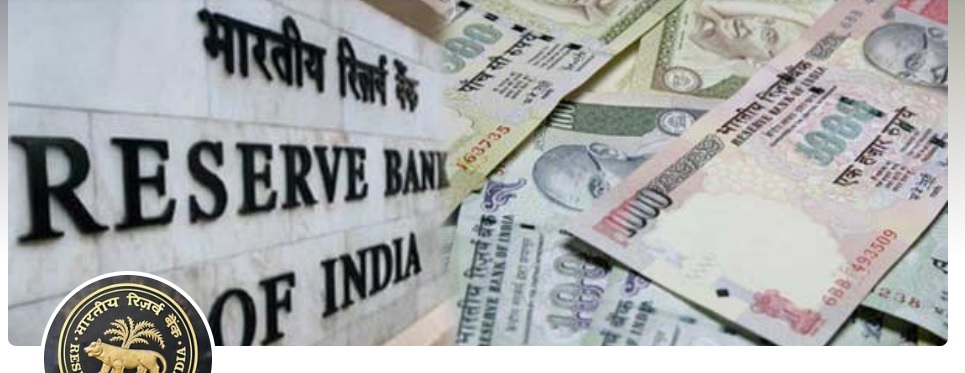Asset Quality Of NBFC Improved In H1, Banks' GNPA Ratio 3.2%
capital buffers and profitability of UCBs improved through 2022-23 and Q1:2023-24
FinTech BizNews Service
Mumbai, December 27, 2023: Today, the Reserve Bank of India released the Report on Trend and Progress of Banking in India 2022-23, a statutory publication in compliance with Section 36 (2) of the Banking Regulation Act, 1949. This Report presents the performance of the banking sector, including co-operative banks and non-banking financial institutions, during 2022-23 and 2023-24 so far.
Highlights
- The consolidated balance sheet of scheduled commercial banks (SCBs) in 2022-23 expanded by 12.2 per cent, driven by credit to retail and services sectors; deposit growth also picked up, although it trailed credit growth.
- The capital to risk weighted assets ratio (CRAR) of SCBs was 16.8 per cent at end-September 2023, with all bank groups meeting the regulatory minimum requirement and the common equity tier 1 (CET1) ratio requirement.
- The improvement in asset quality of banks that began in 2018-19 continued during 2022-23 and H1:2023-24, with gross non-performing assets (GNPA) ratio at 3.2 per cent at end-September 2023.
- Higher net interest income and lower provisioning boosted net interest margin (NIM) and profitability in 2022-23.
- The combined balance sheet of urban co-operative banks (UCBs) expanded by 2.3 per cent in 2022-23, driven by loans and advances. Their capital buffers and profitability improved through 2022-23 and Q1:2023-24.
The consolidated balance sheet of non-banking financial companies (NBFCs) expanded by 14.8 per cent in 2022-23, led by double digit credit growth. Profitability and asset quality of the sector also improved in 2022-23 and in H1:2023-24, even as the sector remained well-capitalised with CRAR higher than the regulatory requirement.
